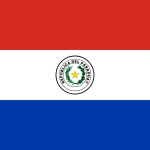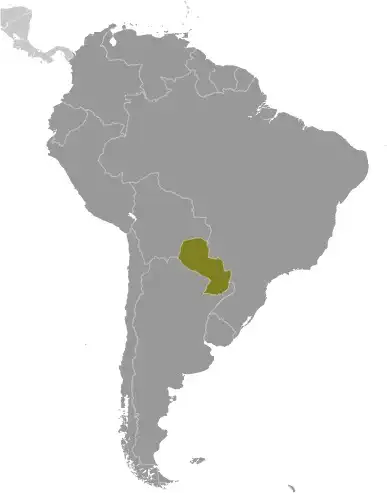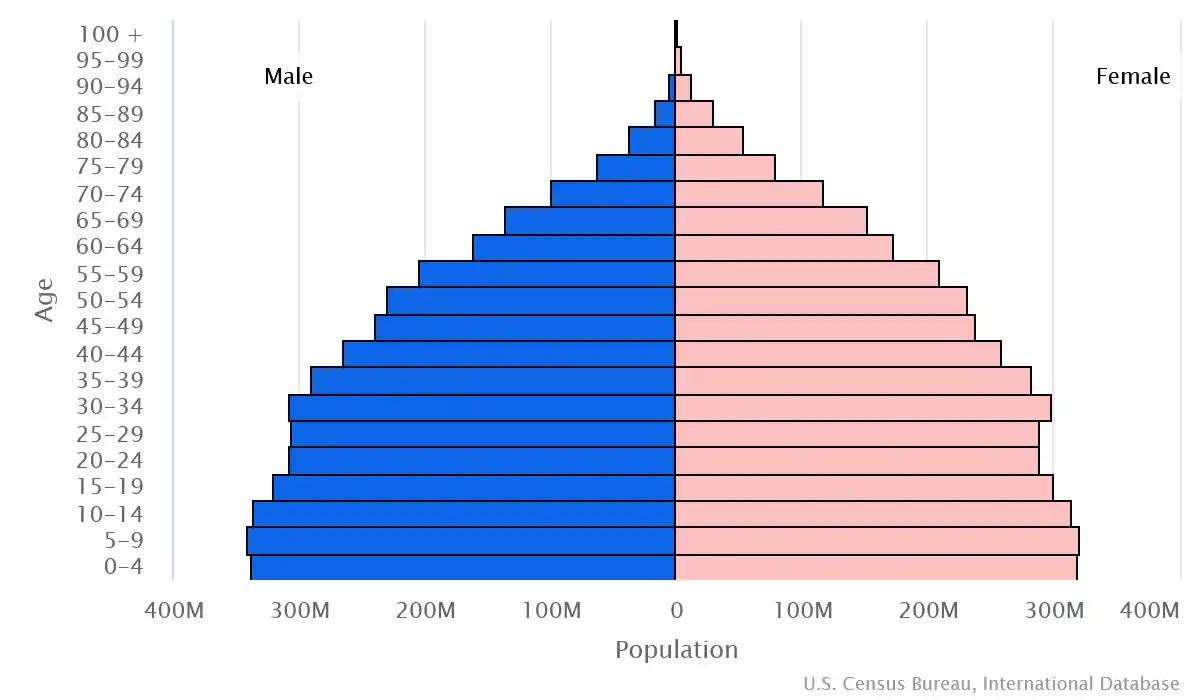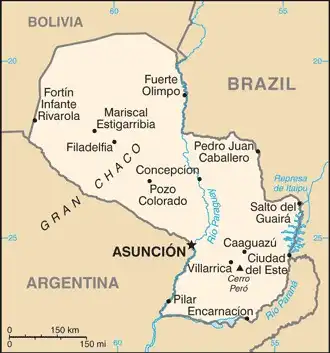
Paraguay
Veröffentlicht: 20. June 2022 - Letztes Update: 28. February 2025
Country Data Dashboard

Population
7,522,549
Growth: 1.09% (2024 est.)
GDP
$42.956 billion
(2023 est.)
Area
406,752 sq km
| Government type: | presidential republic |
| Capital: | Asunción |
| Languages: | Spanish (official) and Guarani (official) 46.3%, only Guarani 34%, only Spanish 15.2%, other (includes Portuguese, German, other Indigenous languages) 4.1%, no response 0.4% (2012 est.) |
People & Society
Ethnicity (mixed Spanish and Indigenous ancestry)
Religion (2023 est.)
Age structure

Economy
Economic overview
upper middle-income South American economy; COVID-19 hit while still recovering from 2019 Argentina-driven recession; global hydroelectricity leader; major corruption and money-laundering locale; highly agrarian economy; significant income inequality
Real GDP (purchasing power parity) in Billion $
Real GDP per capita in $
Exports & Imports in billion $
Top 5 Import Partner in 2022 (73%)
Top 5 Import Commodities in 2022
- refined petroleum ⛽
- broadcasting equipment 📡
- cars 🚗
- fertilizers 💩
- pesticides 💉🌿
Top 5 Export Partner in 2022 (73%)
Top 5 Export Commodities in 2022
- beef 🥩
- electricity ⚡
- soybeans 🫘
- corn 🌽
- soybean meal 🫘🍲
Geography
Map

Area
Natural resources
- hydropower 💧⚡
- timber 🌲
- iron ore ⛓️
- manganese 🪙
- limestone 🪨
Climate
subtropical to temperate; substantial rainfall in the eastern portions, becoming semiarid in the far west
Historical Background Information
Several Indigenous groups, principally belonging to the Guarani language family, inhabited the area of modern Paraguay before the arrival of the Spanish in the early 16th century, when the territory was incorporated into the Viceroyalty of Peru. Paraguay achieved its independence from Spain in 1811 with the help of neighboring states. In the aftermath of independence, a series of military dictators ruled the country until 1870. During the disastrous War of the Triple Alliance (1864-70) -- fought against Argentina, Brazil, and Uruguay -- Paraguay lost two thirds of its adult males and much of its territory. The country stagnated economically for the next half-century and experienced a tumultuous series of political regimes. Following the Chaco War of 1932-35 with Bolivia, Paraguay gained a large part of the Chaco lowland region. The 35-year military dictatorship of Alfredo STROESSNER ended in 1989, and Paraguay has held relatively free and regular presidential elections since the country's return to democracy.
